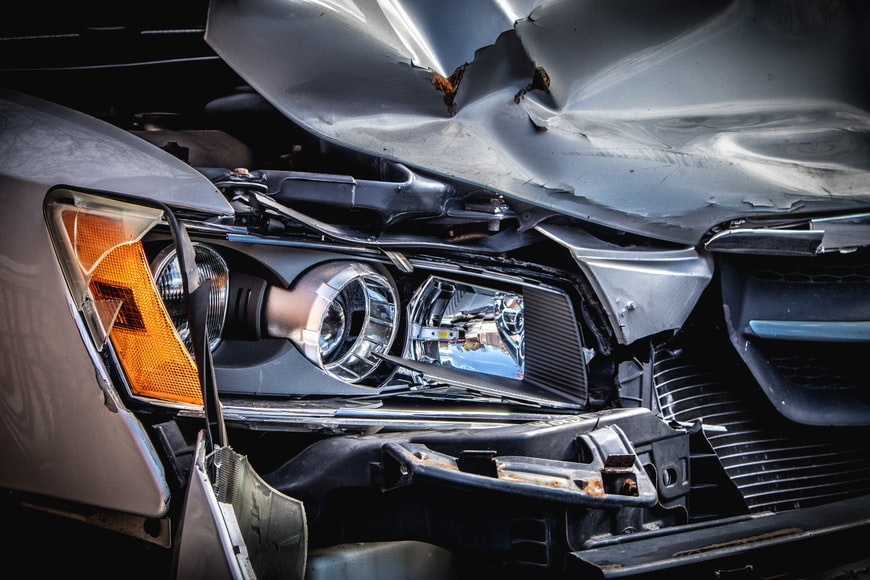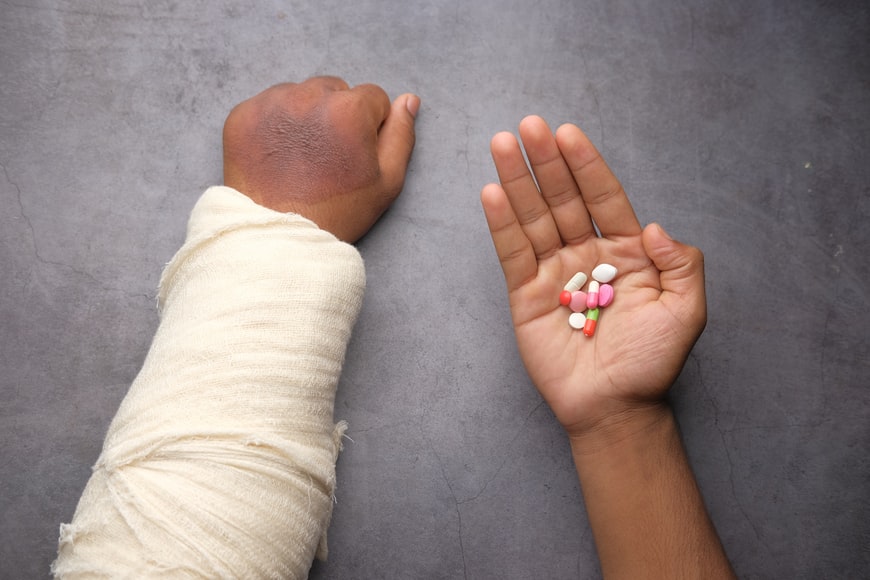How Does A Car Accident Affect Your Body?
When you witness a car accident by direct or especially are in a car accident you feel your body move in all sorts of unusual and painful ways. However, what really happens to the body when it is being thrown about by forces beyond its control is much more than a simple painful movement. Let’s find out what happens to a body during a car crash.
Some Scientific Facts

As you are driving your car, it uses kinetic energy to move forward. When it becomes necessary to stop, you apply the brakes, the car slows down, and its kinetic energy gets converted into other forms of energy, like heat. When there is a car crash, the car comes to an abrupt halt, but the people inside of the car do not.
The car’s crumple zone, seat belts, and airbags help to absorb some of the force of the crash, but some will still get transferred to the occupants of the vehicle. That can cause the people in the vehicle to suffer injuries from fractures to tears in ligaments or muscles to herniated discs to head trauma to whiplash. Some of those injuries can cause extensive and long-lasting consequences.
How Injuries Happen
The best thing you can do to preserve your safety when you are in a car is to always wear a seatbelt, otherwise, you risk much more severe injuries and other consequences. People who are not wearing a seatbelt when an accident occurs can have their bodies hit a hard, unforgiving surface.
This can be a section of the car such as the dashboard, steering wheel, a door, or a window. Additionally, the body’s internal organs also move around within the chest wall and hit the ribs and other parts of the skeleton. This causes great damage since the human body can only withstand a certain amount of force before breaking.
Even an accident where the speed does not exceed 15 or 20 miles an hour can cause bruised tissues and microtears in ligaments or muscles. It can also tear blood vessels in all parts of the body, from the bottom of your foot to the brain.
The Physical Impact of a Crash

Experiencing aches and pains after a car accident is to be expected. In some cases, these can last for months or even longer until the victim can reach a full recovery. These injuries tend to happen during a collision when any of the following occurs:
- Your body gets thrown violently forward and backward.
- You are thrown forcefully against the dashboard of the vehicle.
- You fly out of the car with the force of the impact.
- You are jerked sideways against the windshield.
- Your seatbelt and airbag hit your thorax and momentarily cut your breathing.
- Loose objects or flying debris hit you with unexpected force.
What symptoms might appear after a car accident?
Besides addressing obvious injuries such as broken bones or bleeding, it is important for you to pay attention to a wide variety of symptoms that may be a result of the crash, although they may appear unrelated to it. These include:
- Headaches
- A feeling of confusion
- Pain
- Aches
- Stiffness
- Stress
- Anxiety
- Difficulty falling asleep or awakening from sleep
Don’t dismiss any symptom because you think that it might disappear within a few days before talking about it with a healthcare professional. It is vital for you to get the proper treatment after a car crash because you need your joints, muscles, ligaments, discs, and internal organs to be taken care of. You do not want to end up with chronic pain or injuries that, if left untreated, will have unintended and long-term consequences.
Taking Care of Your Health After a Car Accident

It cannot be stressed enough how important it is for you to get a complete physical examination after being in an accident. This is because, in addition to obvious injuries that need to be treated, you may also have internal damage that is not immediately noticeable but can be just as dangerous if left untreated.
You should be aware of the difference between a couple of bruises and bumps and injuries that are more significant and require treatment. Don’t set yourself up for long-term health issues that could have been avoided with prompt medical attention. Pay particular notice of your head, neck, and back since pain in these areas is never to be ignored. Here are some other serious problems you should be on the lookout for:
Whiplash
Whiplash is very common, particularly in rear-end collisions, but it may take a few days to become apparent. It needs special attention because it may also include reduced range of motion, headaches, tenderness from the neck down to the shoulder or upper back, fatigue, dizziness, blurred vision, irritability, sleep disturbances, or ringing in the ears, among others.
Delayed Pain and Other Symptoms

Several injuries or symptoms may not appear until hours or days after the crash. Besides the forceful movements to your body during the accident, you will also experience an adrenaline rush that may be long enough to mask the pain and other symptoms.
This may result in a belief that you are unhurt when you’re not. The adrenaline may have you consider your pain as something that may go away on its own, which is not always the case. Take your health seriously after an accident and get yourself checked out at an accident clinic in Miami.
Concussions
These are mild traumatic brain injuries and they are often accompanied by loss of consciousness (even if only for a few seconds), feelings of dizziness or confusion, difficulty recalling the accident, and difficulty in communicating or thinking clearly. It is important to know when to go the ER for a concussion because it calls for immediate medical treatment . Your physician will have to conduct some tests to diagnose whether you have swelling or bleeding in the brain, both of which can be life-threatening.
Read Also:
- 5 Physical Signs of Stress and How to Deal with Them
- In the Midst of an Emergency: Taking Care of a Serious Personal Injury
- Common Health Injuries From Slip And Fall Accidents: By Medical Experts
- 12 Post-Impact Symptoms Of Head Trauma To Watch Out For



